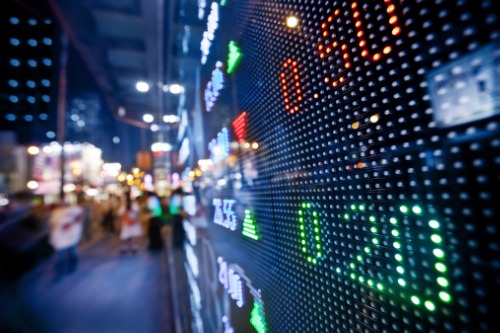Balancing between conviction and diversification, such strategies can offer benefits for the thoughtful investor

Depending on how they’re used, thematic ETFs can introduce some risk to an investor’s portfolio. A particular theme may appear promising, but many other factors can affect a thematic strategy’s performance — and, in turn, the investor’s returns.
Still, they do have their uses. Beyond the catchy ticker symbols and the hyped-up coverage, thematic ETFs can play a satellite role to complement the core positions in a portfolio. “You may be in a broad-based tech fund, but if you believe certain areas of technology are going to outperform, you may use a thematic ETF to get exposure to a specific area,” Andrew Chanin, co-founder and CEO of ProcureAM, told ETF.com.
Since thematic ETFs are purposely uncoupled from the broader markets, investing one’s entire portfolio in them could spell future regret in case the broad market rallies, said Scott Opsal, director of research for The Leuthold Group. Still, he recognizes the funds’ potential to let investors make refined bets on specific themes in a relatively cheap and convenient fashion.
And unlike sector ETFs, thematic ETFs can achieve greater diversification by harvesting companies from different industries related to the same theme. According to Chanin, the top holdings of some sector ETFs can represent up to 40% of a fund’s composition.
But investors must be careful to avoid themes that could get disrupted by technology or other structural headwinds. That was a guiding principle behind the creation of BlackRock’s new megatrends category, which it unveiled in June.
“We wanted to separate out the more faddish opportunities and focus on what the really long-term transformational forces are that are changing the way we live and work,” said Jeff Spiegel, U.S. head of megatrend and international ETFs at BlackRock.
Channin and Spiegel also advise an examination of index construction whenever one evaluates thematic ETFs. The name may sound unique, but its underlying portfolio may also significantly overlap or have a high correlation with other products or holdings.
Some thematic ETFs can provide a boost to portfolio performance in the long run, but some big themes may not lead to outsized or even steady returns, Opsal noted. “They sound good, are good for humanity, good for the economy, but there are just no economics behind them,” he said, offering another reason to keep them as a non-core piece of the portfolio.
Katherine Schoen, manager of Baird’s private wealth management equity and fixed income research team, pointed to the turn-of-the-millennium collapse in the dot-com space as an example. “We’re using the internet and that technology like crazy over the past 20 years, but unfortunately, if you’d’ve invested in tech in that time, you wouldn’t have made money,” she said.
Thematic investing can also take on a more opportunistic bent, Opsal said, with some funds benefiting from current economic conditions. They can be used either strategically during a certain phase of the market cycle, or tactically to benefit from a news announcement.
But the overriding principle in using thematics, in Spiegel’s view, should be to incorporate them into portfolios without adding risk. With proper planning, he argued, thematic ETFs can be used in place of other broad-based ETFs and still yield a similar risk profile for the total portfolio.
“[You’re] getting exposure to this opportunity to drive long-term benchmark outperformance, but you don’t have to deviate too far from the asset allocation and the risk level that you or your clients are looking for,” he said.



